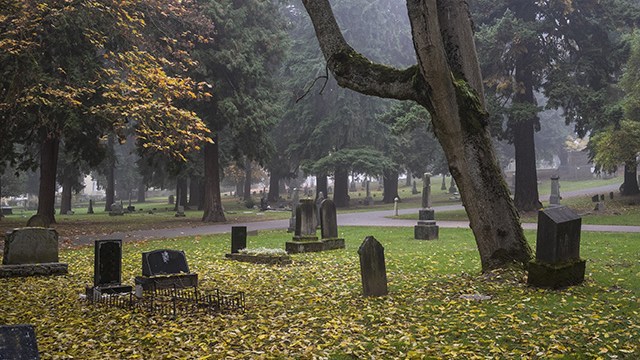Happy Earth Day from the Universe
Take a moment today to appreciate exactly how lucky we are to have what we do.
“It took less than an hour to make the atoms, a few hundred million years to make the stars and planets, but five billion years to make man!” -George Gamow
For the first 4.5 billion-or-so years of Earth’s existence, there wasn’t a single creature that ever lived that had any conception of exactly what the scope and scale of our planet was. The closest one could get was to consider a migrating creature that travelled thousands of miles over its lifetime.

Yet even though a bird like the Arctic Tern might traverse a large distance, the amount of territory any such creature managed to see was still small compared to the scale of our planet. And no matter how high a creature was able to rise, the amount of the Earth it was able to see at once was incredibly limited. Even the bar-headed goose, which can reach altitudes of nearly four miles (over 6,000 meters) might only have a view akin to this.

But all of that changed in the 20th century, when — for the first time — something originating from Earth traveled into space with the intent and capabilities of photographing our world from afar.
What you’re about to see is one of the very first photomosaics of the Earth taken from space: by a V2-rocket launched from White Sands, New Mexico in 1948, just two years after the first American rockets were successfully launched into space.
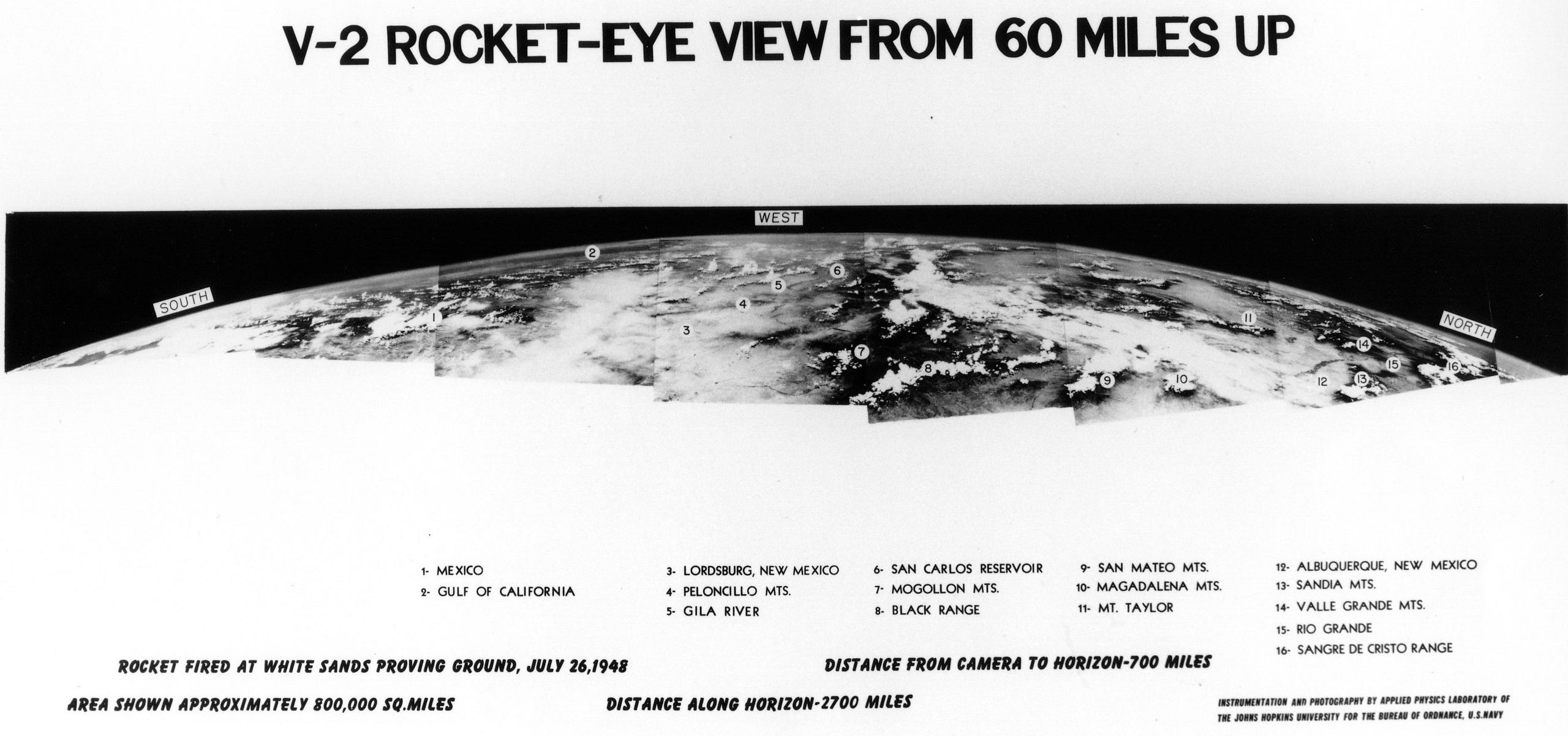
For the first time, the curvature of Earth was clearly visible in a photograph. Today, you can venture up high enough to photograph the Earth’s curvature for a cost of just $150 (and with a much better camera) if you’re a DIY kind of person.
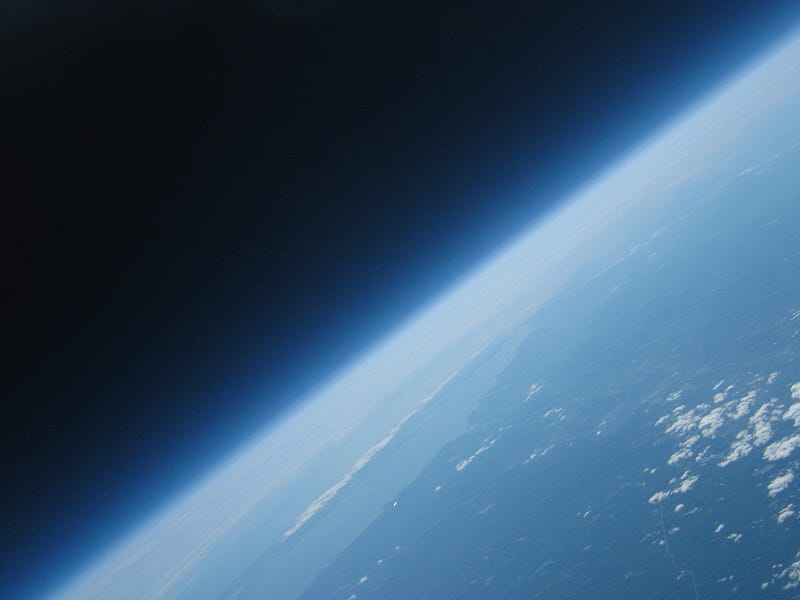
And all of it, from:
- the sunlight continuously shining on half our world, to
- the atmosphere, clouds, oceans and continents, to
- the plants, animals, fungi and other living creatures, to
- everything created on it both naturally and by man,
can be encapsulated in a single photograph going as far back as 1968.
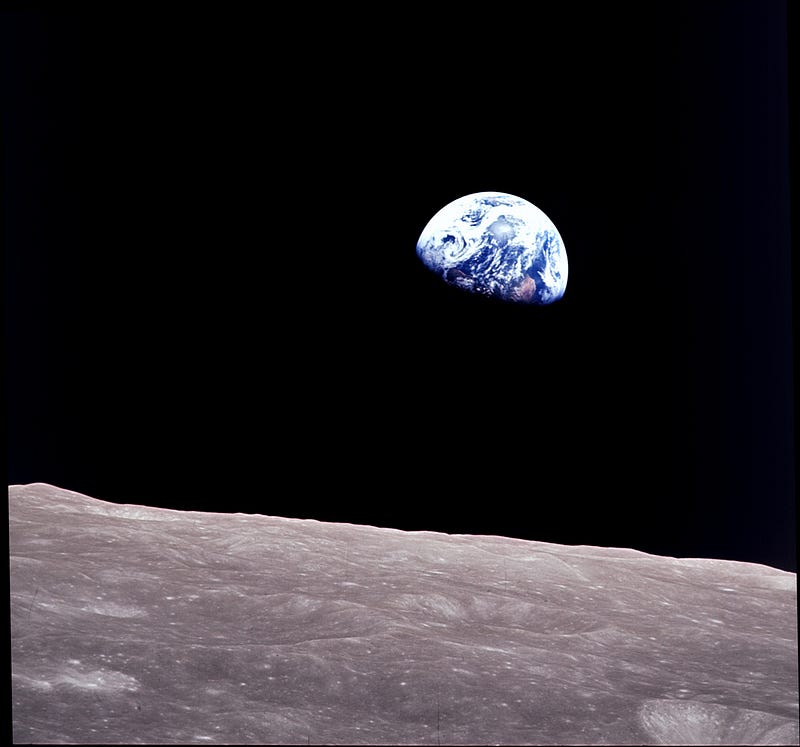
We all think of different things when it comes to Earth Day. For some of us, it’s environmental protection, for others, it’s about being thankful for the beauty and bountifulness of nature, for still others, it’s a time to come together and protect our world from manmade woes like nuclear war or climate change.
But for me, when I think of Earth Day, I think of the one thing we all have in common.
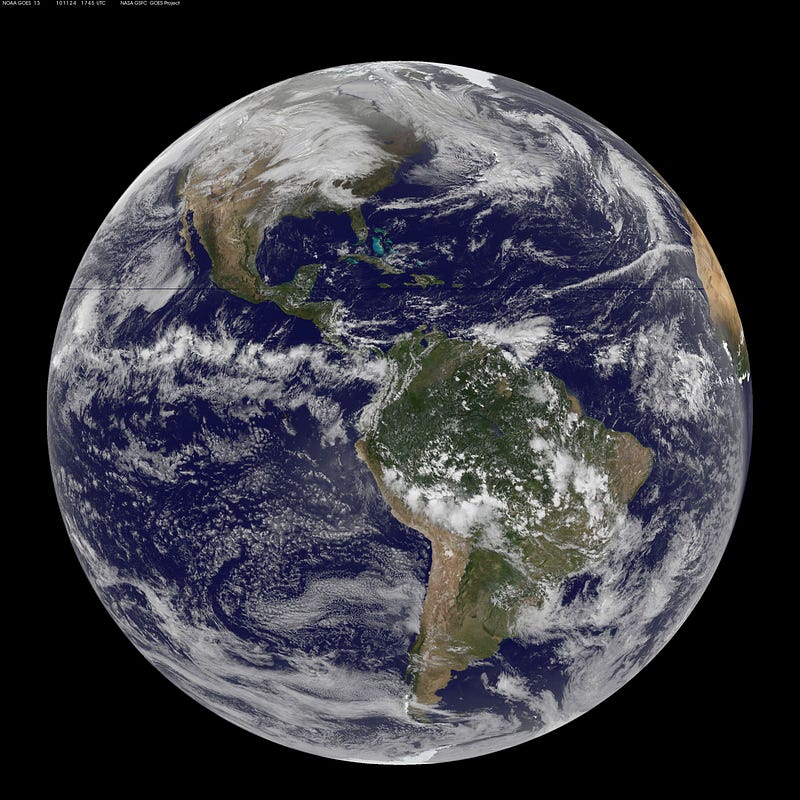
I think of our home world. I think of its remarkable story of where it came from in this Universe, about its cosmic insignificance while, simultaneously, how indispensable it is to our own anthropocentric lives. Of the billions of stars that lived-and-died to create the atoms everything in our world is made from, of the biological, chemical and astrophysical accidents that happened to bring about our natural history instead of a different one, and of all the trillions and trillions of generations of creatures that lived and died so that we’d experience the world exactly as it is.
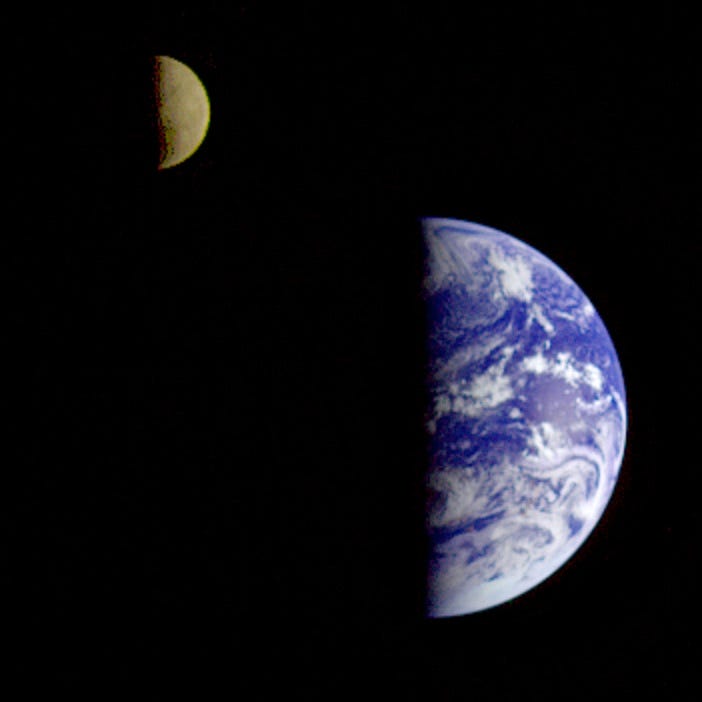
It didn’t have to be this way, but it is this way. And it’s up to us whether we appreciate it, whether we make ourselves aware of it, and how and whether we act as responsible stewards of this world is up to us.
Because we are but a minor blip-on-the-radar even within our Solar System.
We’re little more than a marble as seen from Mars.
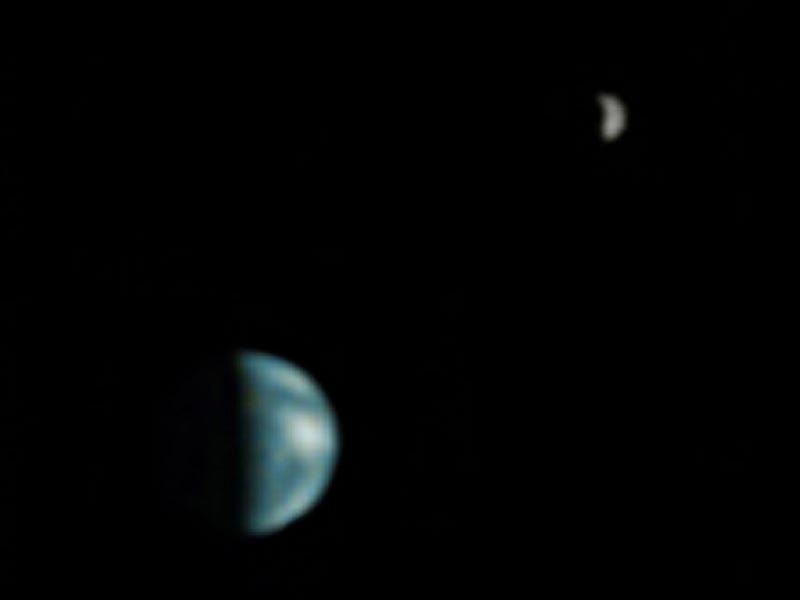
We’re only an indistinct sphere as seen from Mercury.
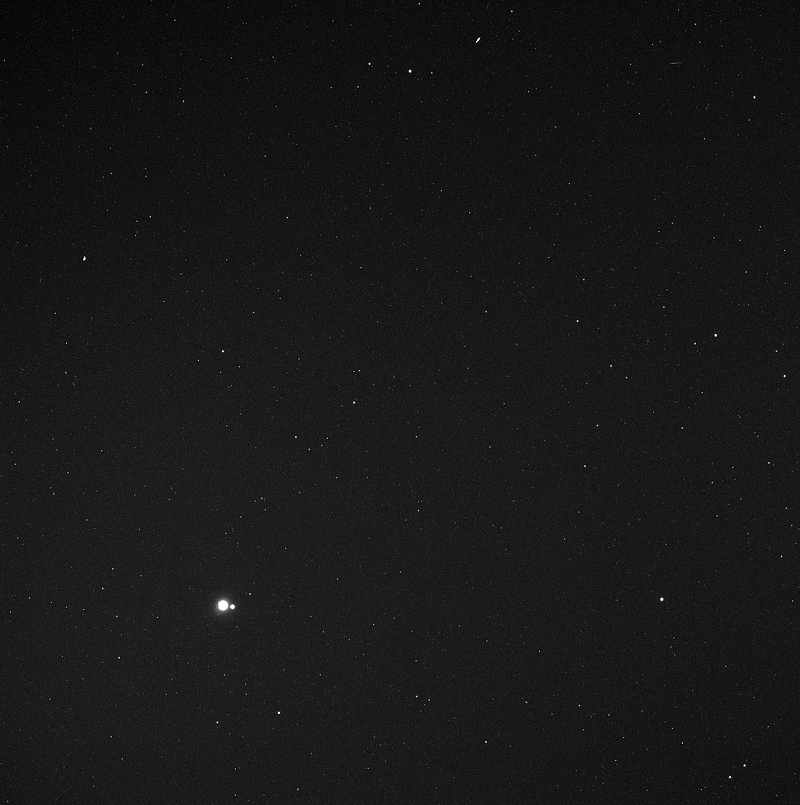
And we’re just a handful of fuzzy, bluish pixels as seen from Saturn, best visible when the Sun is hidden behind the gas giant world.
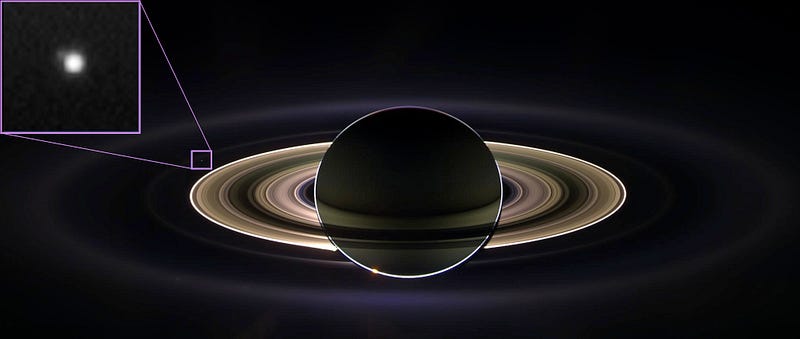
Whenever I think of Earth Day, I think of the words of Bill Anders as the Earth appeared to rise over the limb of the Moon. As he famously remarked:
We came all this way to explore the moon, and the most important thing is that we discovered the Earth.
Our home — this small, wet, rocky world — and our shared history on it is the one thing we all have in common. We have so much more that unites us than divides us, and we’re all a part of this world, something much larger than any of us. In the grand scheme of the Universe, the Earth may be a very small thing, but it has something that no other planet in the Universe does: all of us.
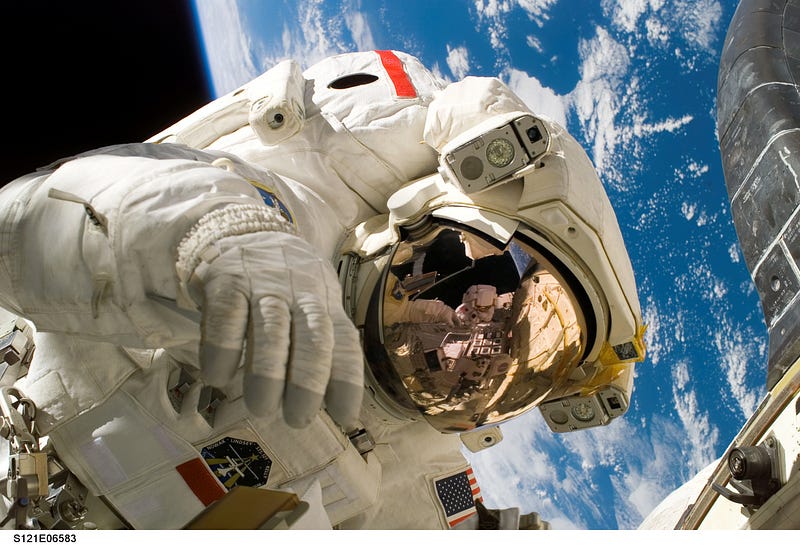
It’s been just forty-four times around the Sun since we celebrated it for the first time, and every year, it makes me just a little bit happier to know that somewhere else on this world, there are others who smile when they think about some of these same things that bring us all together.
Happy Earth Day one and all, from me and from the Universe!
Enjoyed this? Weigh in at the Starts With A Bang forum on Scienceblogs!





